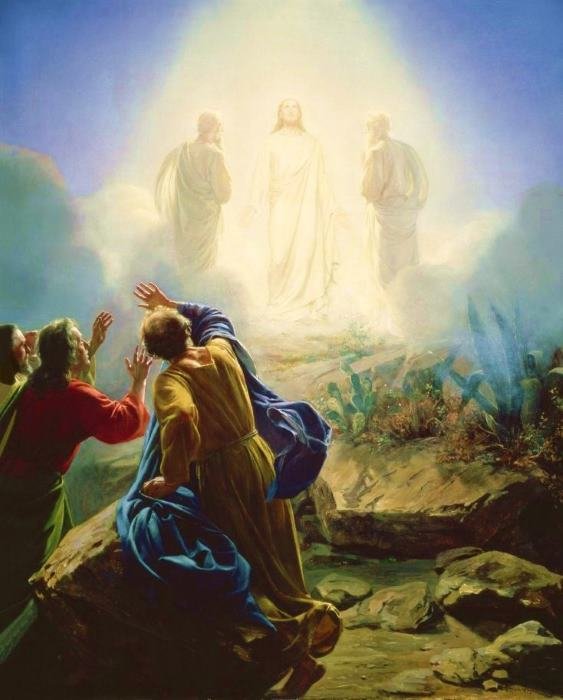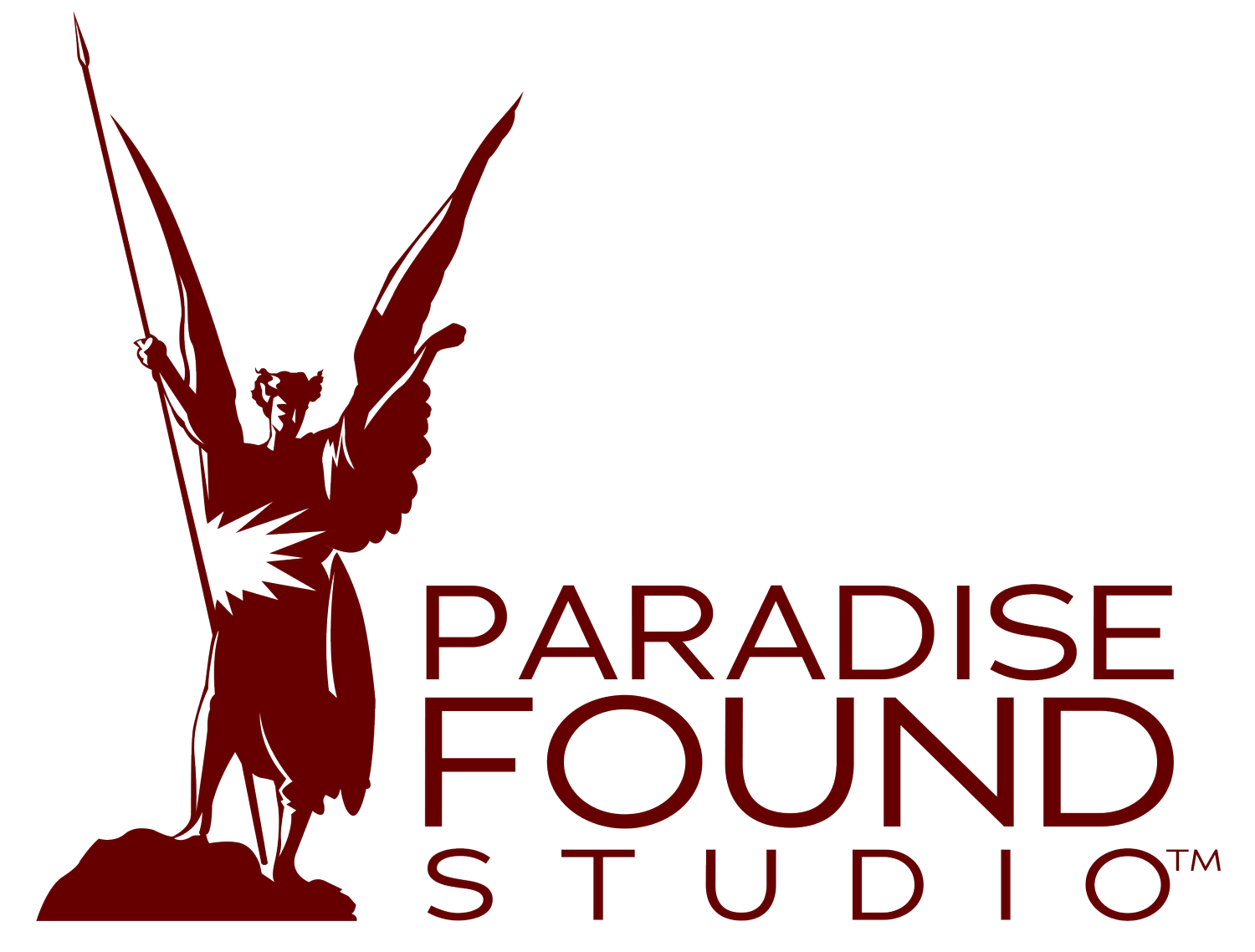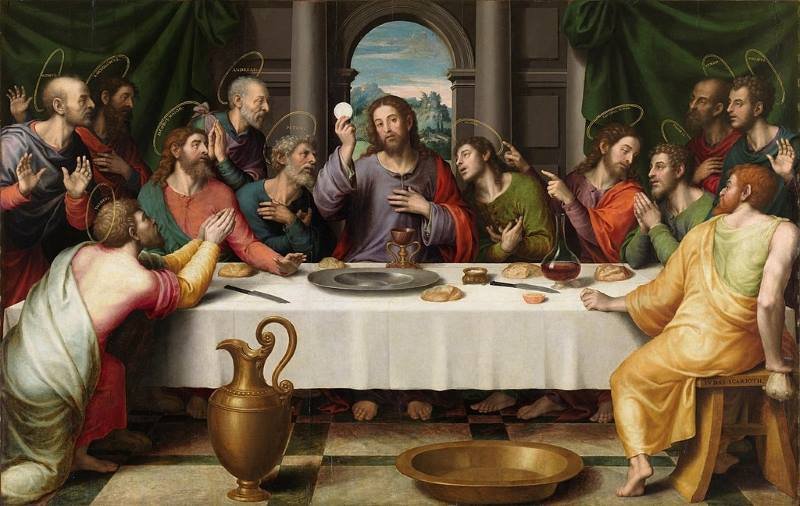
Learning About The Life of Mary & Jesus
Through The Rosary Luminous Mysteries
Luminous Mysteries
This is often considered the fourth set of mysteries because it was established recently, relative to the others. It was introduced by Pope John Paul II in 2002 to highlight significant events from Jesus' public ministry. They consist of the Baptism of Jesus in the Jordan River; the Wedding at Cana, where Jesus performed his first miracle, turning water into wine; the Proclamation of the Kingdom of God; the Transfiguration, where Jesus revealed his divine glory to Peter, James, and John; and the Institution of the Eucharist, during the Last Supper when Jesus instituted the sacrament of the Holy Eucharist.
The Baptism in the Jordan
Jesus is baptized by John the Baptist, and the Holy Spirit descends upon him.
In the event of the Baptism in the Jordan, Jesus approached John the Baptist to be baptized. In Matthew 3:16-17, it is described that when Jesus came up from the water, the heavens opened, and the Spirit of God descended upon him like a dove. Furthermore, a voice from heaven declared, "This is my beloved Son, with whom I am well pleased." This sacred moment signifies the divine affirmation of Jesus' mission on earth and his identification as the Son of God, anointing him with the power of the Holy Spirit. The Baptism in the Jordan represents a pivotal event in Jesus' life, marking the beginning of his public ministry and his ultimate sacrifice for the salvation of humanity.
“Then Jesus came from Galilee to John at the Jordan, to be baptized by him.
John would have prevented him, saying, ‘I need to be baptized by you, and do you come to me?’
But Jesus answered him, ‘Let it be so now; for it is proper for us in this way to fulfill all righteousness.’ Then he consented.
And when Jesus had been baptized, just as he came up from the water, suddenly the heavens were opened to him and he saw the Spirit of God descending like a dove and alighting on him.
And a voice from heaven said, ‘This is my Son, the Beloved, with whom I am well pleased.’”
— Matthew 3:13-17
The Baptism of Christ by Andrea del Verrocchio and Leonardo da Vinci, c. 1475
The Wedding at Cana
Mary intercedes with Jesus on behalf of a wedding couple and witnesses Jesus' first public miracle of turning water into wine.
The Wedding at Cana, recounted in the Gospel of John (2:1-11) tells the story of a wedding where Mary, the mother of Jesus, intercedes on behalf of a couple who ran out of wine. Mary approaches Jesus, saying, "They have no wine." Though initially hesitant, Jesus instructs the servants to fill six stone water jars with water. Miraculously, the water turns into wine of exceptional quality, and the celebration continues. This event marks Jesus' first public miracle, revealing his divine power and reinforcing the significance of Mary's intercession in bringing people's needs before him.
“Now standing there were six stone water jars for the Jewish rites of purification, each holding twenty or thirty gallons.
Jesus said to them, ‘Fill the jars with water.’ And they filled them up to the brim.
He said to them, ‘Now draw some out, and take it to the chief steward.’ So they took it.
When the steward tasted the water that had become wine… called the bridegroom and said to him, ‘Everyone serves the good wine first, and then the inferior wine after the guests have become drunk. But you have kept the good wine until now.’”
— John 2:6-10
The Marriage at Cana by Maerten de Vos, c. 1596
The Proclamation of the Kingdom
Jesus announces the arrival of the Kingdom of God and calls people to repentance and faith.
The Proclamation of the Kingdom refers to Jesus' announcement of the arrival of the Kingdom of God and his call for people to repent and have faith in God's reign. In Mark 1:14-15, it is written, "After John had been arrested, Jesus came to Galilee proclaiming the gospel of God: 'This is the time of fulfillment. The kingdom of God is at hand. Repent, and believe in the gospel.'" Similarly, in Luke 4:43, Jesus says, "To the other towns also I must proclaim the good news of the kingdom of God because for this purpose I have been sent." Through these passages, Jesus emphasizes the urgency of repentance and invites people to embrace the reign of God, promising a new way of life and salvation through faith.
“’Yours, O Lord, are the greatness, the power, the glory, the victory, and the majesty; for all that is in the heavens and on the earth is yours; yours is the kingdom, O Lord, and you are exalted as head above all.’”
— 1 Chronicles 29:11
“…Jesus came to Galilee, proclaiming the good news of God, and saying, ‘The time is fulfilled, and the kingdom of God has come near; repent, and believe in the good news.’”
— Mark 1:15
The Sermon on the Mount by Carl Bloch, c. 1890
The Transfiguration
Jesus takes Peter, James, and John up a mountain, where he is transfigured before them, revealing his divine glory.
In the event known as the Transfiguration, Jesus chose Peter, James, and John to accompany him up a mountain. There, something extraordinary occurred: Jesus was transfigured before their eyes, and his divine glory was unveiled. His face shone like the sun, and his clothes became dazzling white. Suddenly, Moses and Elijah appeared and conversed with Jesus, representing the Law and the Prophets. Overwhelmed by this majestic sight, Peter suggested building three tents to honor them. However, a voice from a cloud, representing the presence of God, proclaimed, "This is my beloved Son, with whom I am well pleased; listen to him." Filled with awe and reverence, the disciples fell to the ground in fear. Jesus then reassured them, instructing them not to tell anyone about the experience until after his resurrection. This extraordinary event confirmed Jesus' divine nature and provided a glimpse of the glory that awaited him. The Transfiguration serves as a significant moment in the New Testament, affirming Jesus' identity as the Son of God and preparing his disciples for the challenges to come. (Bible passages: Matthew 17:1-9, Mark 9:2-9, Luke 9:28-36)
“Six days later, Jesus took with him Peter and James and his brother John and led them up a high mountain, by themselves.
And he was transfigured before them, and his face shone like the sun, and his clothes became dazzling white.
Suddenly there appeared to them Moses and Elijah, talking with him.
Then Peter said to Jesus, ‘Lord, it is good for us to be here; if you wish, I will make three dwellings here, one for you, one for Moses, and one for Elijah.’
While he was still speaking, suddenly a bright cloud overshadowed them, and from the cloud a voice said, ‘This is my Son, the Beloved; with him I am well pleased; listen to him!’”
— Matthew 17:1-5
Transfiguration of Jesus by Carl Bloch, c. 1865
The Institution of the Eucharist
Jesus institutes the Holy Eucharist during the Last Supper, giving his disciples his body and blood under the appearance of bread and wine.
The Institution of the Eucharist is a significant event in Christian theology that occurred during the Last Supper. In the Gospel of Matthew (26:26-28), it is written that Jesus took bread, blessed it, and gave it to his disciples, saying, "Take and eat; this is my body." He also took the cup, gave thanks, and said, "Drink from it, all of you, for this is my blood of the covenant." Similarly, in the Gospel of Mark (14:22-24), Jesus took bread, blessed it, and said, "Take it; this is my body." He also took the cup, gave thanks, and said, "This is my blood of the covenant." These passages highlight Jesus' act of offering his body and blood to his disciples under the appearance of bread and wine, establishing the sacrament of the Holy Eucharist, which holds great significance in the Catholic faith.
“While they were eating, he took a loaf of bread, and after blessing it he broke it, gave it to them, and said, ‘Take; this is my body.’
Then he took a cup, and after giving thanks he gave it to them, and all of them drank from it.
He said to them, ‘This is my blood of the covenant, which is poured out for many.
Truly I tell you, I will never again drink of the fruit of the vine until that day when I drink it new in the Kingdom of God.’”
— Mark 14:22-25
The Last Supper by Juan de Juanes, c. 1562
The Comic Guide to The Holy Rosary…
is an activity book by Kevin Pawlowski of Paradise Found Studio, contains dozens of images that can be used for deep reflection on the lives of Jesus and the Holy Family.
Each mystery includes a visual illustration based on classic art, but in a comic book style. Alongside each illustration are relevant Bible passages that pertain to each mystery. Passages were selected to highlight key events, teachings, or messages connected to the mysteries. The purpose is to provide scriptural grounding and enhance the reader's understanding of the events being contemplated.
In addition to the illustrated mysteries, The Comic Guide to The Holy Rosary includes traditional prayers of the Rosary, such as the Our Father, Hail Mary, and Glory Be. These prayers would likely be presented in a format that allows readers to follow along and engage in the meditative aspect of the Rosary.





